Chainsaw mills come in a variety of sizes. The size of the chainsaw you need for milling will depend on the size and type of lumber you want to mill, as well as the amount of lumber you want to produce. If you are only going to be milling small pieces of lumber, then a smaller chainsaw will suffice.
However, if you plan on producing large amounts of lumber, then you will need a larger chainsaw.
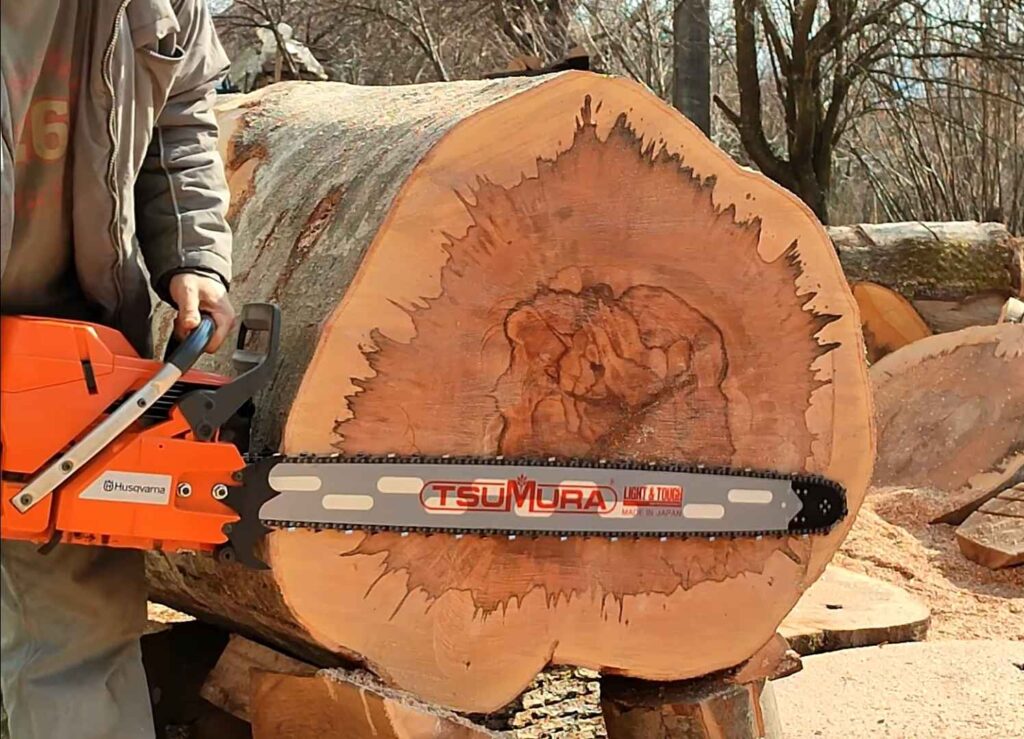
How Big of a Chainsaw Do I Need for a Mill?
If you’re looking to attach a chainsaw to a mill, the size of the saw will depend on the type and size of mill you have. For example, if you have a small portable mill, you may only need a small chainsaw. However, if you have a large stationary mill, you’ll need a larger chainsaw that can handle the extra power and weight.
In general, it’s best to err on the side of caution and get a slightly bigger saw than you think you’ll need – it’s always easier to downsize than upgrade later on!
How Many Cc’S Do You Need for a Chainsaw Mill?
In order to answer this question, we must first understand what a chainsaw mill is. A chainsaw mill is a sawmill used to cut logs into lumber using a chainsaw. The advantage of using a chainsaw mill over a traditional sawmill is that it is much more portable and can be used in remote areas without electricity.
Now that we know what a chainsaw mill is, let’s answer the question: How many cc’s do you need for a chainsaw mill? The answer really depends on the size of the log you want to cut and the thickness of the lumber you want to produce.
If you are looking to cut large logs (e.g., 24 inches in diameter) and produce thick lumber (e.g., 2 inches thick), then you will need at least a 80cc chainsaw.
However, if you are only looking to cut small logs (e.g., 6 inches in diameter) and produce thinner lumber (e.g., 1 inch thick), then you could get away with using a smaller Chainsaw, such as one with 50cc’s.
Ultimately, the amount of cc’s you need for your chain saw mill depends on what your specific needs are.
What Chainsaw Bar is Best for Milling?
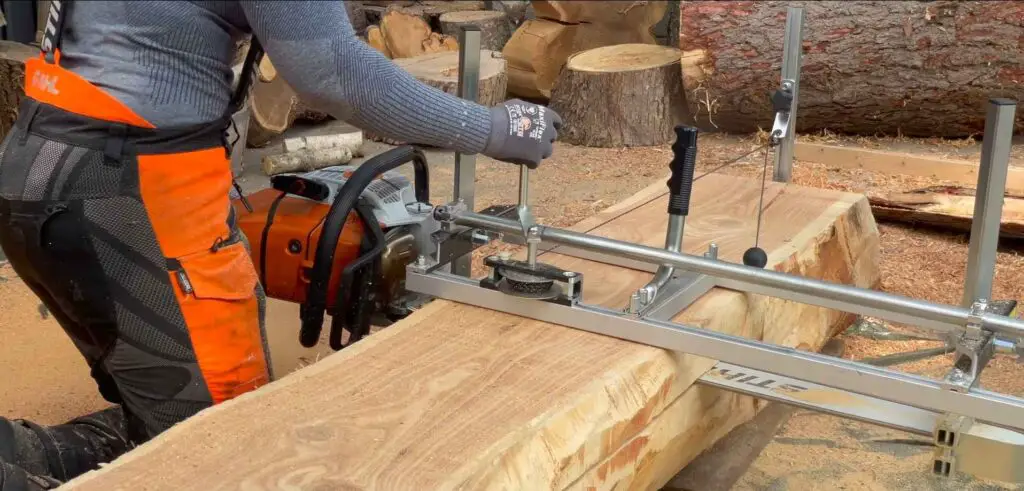
When it comes to milling with a chainsaw, the bar is arguably the most important part of the equation. After all, the part of the saw does the cutting. So, what makes for a good chainsaw bar for milling?
There are only two things to consider when choosing a bar for milling: length and type. The length is self-explanatory – you want a bar long enough to reach across the entire log you’re milling. As for type, there are essentially two different kinds of bars available: sprocket nose and chisel nose.
Sprocket nose bars are by far the most common type used for milling. They’re designed specifically for this purpose, and as such, they offer a number of advantages over chisel nose bars. First and foremost among these is that they’re much more stable during cutting due to their increased weight at the front end of the saw.
This also results in less vibration, which means cleaner cuts overall. In addition, sprocket nose bars allow you to use larger chain sizes (up to 0.404″) which results in faster cutting speeds. Chisel nose bars, on the other hand, are not as well-suited for milling purposes but can still get the job done if necessary.
The biggest downside to using a chisel nose bar is that they’re significantly lighter than sprocket nose bars (which can make them harder to control), and they also don’t allow you to use as large of chain sizes (max 0.325″).
However, one advantage they have is that they can be used with standard chain saw blades – something impossible with sprocket nose bars. So which kind of bar should you choose?
If you’re serious about milling with your chainsaw, then a sprocket nose bar is definitely the way to go. They offer better stability, less vibration and faster cutting speeds – everything you need to make quick work of any size log.
What Size Bar for Alaskan Chainsaw Mill?
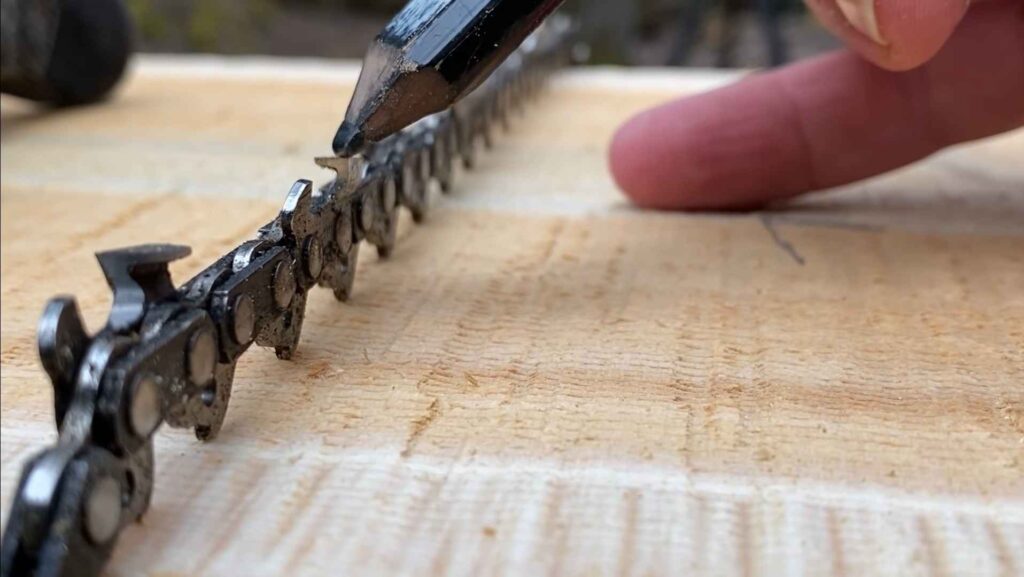
If you’re looking to do some serious logging in Alaska, you will need a powerful chainsaw mill that can handle the tough lumber. But what size bar should you get for your saw? The size of the bar on your chainsaw mill is important because it will determine how thick of a cut you can make.
For most people, a 36″ bar is going to be more than enough. This allows you to cut through logs that are up to 24″ in diameter. If you want to go even bigger, then you can opt for a 48″ bar. This will let you cut through logs that are up to 36″ in diameter.
However, remember that this will also put more strain on your saw and may require more frequent maintenance.
No matter what size bar you choose, make sure that it is compatible with your saw before making any cuts. Otherwise, you could damage both your saw and the lumber you’re trying to mill.
Choosing Chainsaws! // 500i, 661, 881 // Chainsaw Milling// Alaskan Mill
90Cc Chainsaw
A chainsaw is a powerful tool that can be used for a variety of tasks, including felling trees, cutting firewood, and clearing brush.
However, before using a chainsaw, it’s important to familiarize yourself with the different types of saws available and choose the right one for the job at hand. There are two main types of chainsaws: gas-powered and electric.
Gas-powered chainsaws are more powerful than electric models and can run for a longer period of time without needing to be recharged or refueled. However, they’re also more expensive and require more maintenance than electric saws.
f you’re looking for a versatile chainsaw that can handle a variety of tasks, then a 90cc model is a good option to consider.
These saws typically have 16-18″ bar lengths and offer plenty of power for most jobs around the home or farm.
What are Best Chainsaw for Milling Slabs?
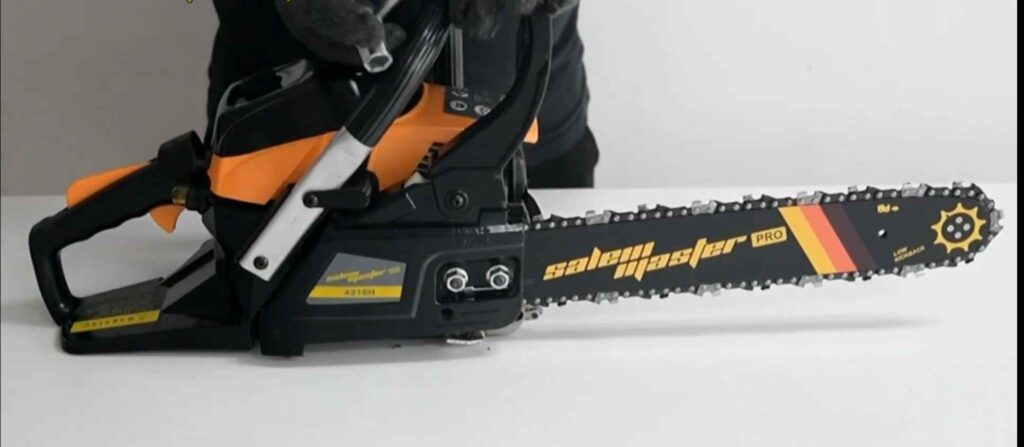
A chainsaw is ideal for milling slabs, especially if you need to cut through thick or hardwood. The best chainsaw for milling slabs will depend on the thickness and hardness of the wood you’re cutting, as well as your own personal preferences.
If you’re cutting through thick or hardwoods, you’ll need a powerful saw with a large bar.
A saw with at least a 3.5 horsepower engine should be sufficient. You’ll also want to choose a saw with a guide bar that’s at least 18 inches long. You can get away with a smaller saw and shorter guide bar for thinner or softer woods.
A 2-stroke chainsaw with a 16-inch bar should be plenty of power for most applications. When choosing a chainsaw, it’s also essential to consider the chain type. For example, if you’re cutting softwoods, you might want to choose a chain with fewer teeth so that it doesn’t get bogged down in the wood.
On the other hand, if you’re cutting hardwoods, you’ll want a chain with more teeth so that it can make clean cuts without getting jammed up.
Finally, it’s important to consider your comfort and safety when using a chainsaw. If possible, try to find a saw that has an anti-kickback feature to help prevent injuries.
And always wear proper safety gear when using any power tools!
Stihl Chainsaw for Milling
If you’re in the market for a quality chainsaw that can handle milling, then you’ll want to check out the Stihl Chainsaw. This powerful saw is built tough and can easily take on any milling job you throw at it. Plus, with its precision cutting capabilities, you can be sure that your lumber will turn out looking great.
Chainsaw Milling for Beginners
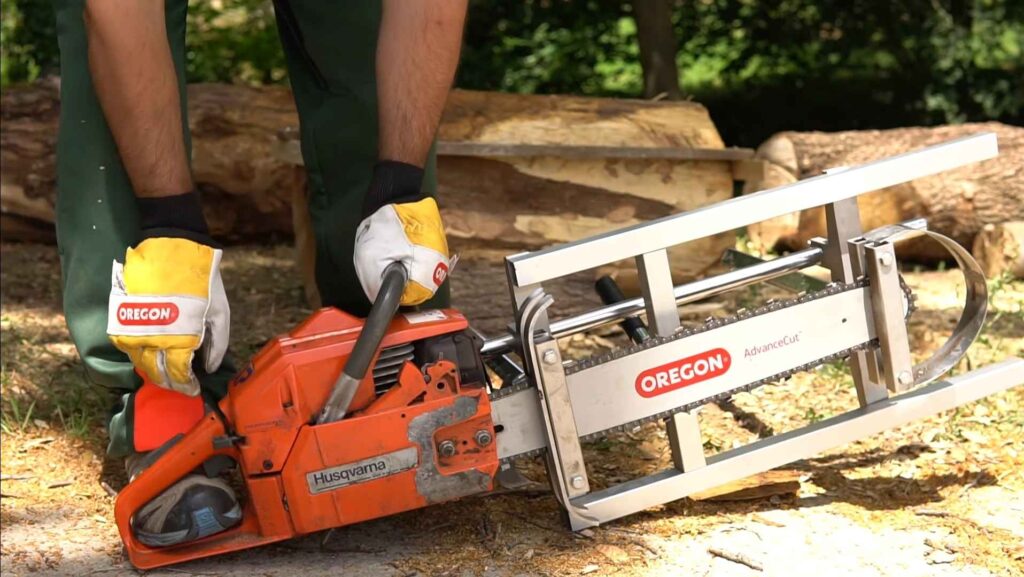
Chainsaw milling is a great way to produce your own lumber at home. It’s a relatively simple process that anyone can do with the right tools and a little bit of practice. In this blog post, we’ll walk you through everything you need to know to get started with chainsaw milling, including what type of saw to use, how to set up your work area, and how to cut your lumber.
By the end of this post, you’ll be ready to start milling your own lumber!
70Cc Chainsaw
A 70cc chainsaw is a powerful saw that can handle a variety of tasks. It is important to know how to properly operate and maintain this type of saw in order to keep it running smoothly and avoid accidents. Here are some tips on how to use a 70cc chainsaw:
-Start by reading the owner’s manual thoroughly so that you understand all of the safety features and operating instructions.
-Wear appropriate safety gear when using the saw, including gloves, eye protection, and hearing protection.
-Make sure the chain is sharp and properly tensioned before each use.
-Be aware of your surroundings and always cut away from yourself and others.
Minimum Cc for Chainsaw Mill
Chainsaw mills are a great tool for anyone looking to saw their own lumber. But what is the minimum cc for chainsaw milling? The answer to this question depends on a few factors, including the type of wood you’re looking to mill and the size of the chainsaw mill.
For example, if you’re looking to mill softwoods like pine or spruce, you can get away with using a smaller chainsaw like one with a 20cc engine. However, if you’re looking to mill hardwoods like oak or maple, you’ll need a larger chainsaw like one with at least a 45cc engine.
In general, though, we recommend using a chainsaw with at least a 40cc engine for optimal results when chainsaw milling.
This will ensure that your saw has enough power to cut through even the toughest of woods quickly and easily.
Stihl 90Cc Chainsaw
If you’re looking for a powerful and reliable chainsaw, the Stihl 90cc is a great option. This saw is designed for heavy-duty use, and features a two-stroke engine that delivers plenty of power. The 90cc engine can reach speeds of up to 10,500 RPM, making it ideal for tackling tough jobs.
The saw also features an anti-vibration system that helps reduce operator fatigue.
Conclusion
In conclusion, the size of chainsaw you need for milling depends on the thickness of the wood you’re cutting. You’ll need a larger saw if you’re cutting thick pieces of wood. Conversely, if you’re only cutting thin pieces of wood, you can get away with using a smaller saw.
Ultimately, it’s up to you to decide what size saw is best for your needs.